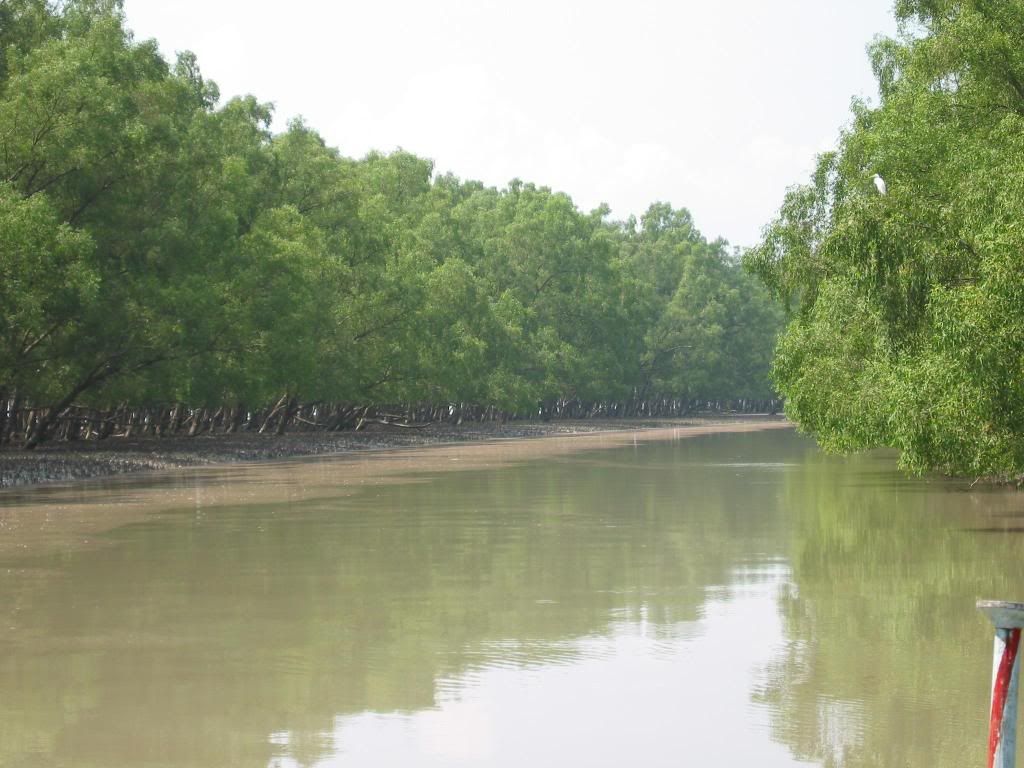Furthermore, landfills produce methane -- rather, microbes produce it as they devour anything they can and emit methane as a waste product. Being lighter than air, methane works its way out of the air and into the soils or the atmosphere. Methane has a very high global warming potential (GWP), about 12 times as high as carbon dioxide.
Thursday, April 23, 2009
Landfills : Garbage filled in the lans can pollute the air worse than carbon dioxide
Furthermore, landfills produce methane -- rather, microbes produce it as they devour anything they can and emit methane as a waste product. Being lighter than air, methane works its way out of the air and into the soils or the atmosphere. Methane has a very high global warming potential (GWP), about 12 times as high as carbon dioxide.
Garbage can stay long ...............
- glass bottles require a million years to fully break down in a landfill
- plastic foam cups require over 500 years
- aluminum cans between 200 and 500 years
- plastic bags as many as 20 years, and
- cigarette butts as many as five years.
Wednesday, April 22, 2009
African Buffalo

Large males can weigh over 1,500 pounds and are usually twice the size of females. Males also carry a larger set of horns on top of their head, and have a thicker neck and a shoulder hump. A small fringe of hairs called a dewlap hangs from the throat. Both sexes are dark brown with hair-fringed ears, a hairless muzzle and a long tail.
Love Bird
Sundarban : World's Largest Mangrove Forest


 Image on Google Search :
Image on Google Search :Ice Baby : Mammoth

A near-perfect frozen mammoth resurfaces after 40,000 years, bearing clues to a great vanished species.
For more feature and story Please visit National Geography Features and Photography
Sunday, April 12, 2009
Biologists Discover Thriving Irrawaddy Dolphin Population

© Alice Rocco (via Wildlife Conservation Society)
The Irrawaddy dolphin is listed by the IUCN as vulnerable. But surveys conducted by the Wildlife Conservation Society and Chittagong University in Bangladesh have given biologists hope. The surveys estimate that a population of 6000 live around the coast of Bangladesh – a number far higher than expected.
Still, scientists warn that there are still threats to the dolphins’ survival such as entanglement in fishing nets and changes in water flows due to damming the river.
For more info: New York Times
Cougar

Puma concolor
The cougar, which is also commonly referred to as a puma, mountain lion or panther, is the second largest cat in North America. Unlike other big cats, however, the cougar cannot roar. Instead, the large feline purrs like a house cat.
Cougars also have similar body types to house cats, only on a larger scale. They have slender bodies and round heads with pointed ears. They vary between 1.5-2.7 m (5-9 ft.) from head to tail. While males can weigh up to 68 kg (150 lb.), females weigh less, topping out at nearly 45 kg (100 lb.).
The coat of the cougar is a grayish tan to reddish color with lighter parts on the underside. The tail has a black spot on the end.
Atlantic Puffin

Fratercula arctica
Dubbed "sea parrots" as well as "clowns of the sea," Atlantic puffins sport large, brightly-colored beaks on their substantially-sized heads. Crisp black and white markings on their plumage, as well as superior diving capabilities, have led people to compare the northern seabirds to penguins. However, Atlantic puffins are actually not related to penguins at all. They are in fact small seabirds (about 25 cm, or 10 in., long) that belong to the Alcidae (auk) family.
For most of the year, Atlantic puffins live on the open ocean, with a range spanning from the eastern coast of Canada and the northern United States to the western coast of Europe and northern Russia. 60% of the world's puffins live near Iceland.
Puffins are specially adapted to living on the open sea. Waterproof feathers allow them stay warm as they float at the ocean's surface or swim underwater. Diving as deep as 60 m (200 ft.), they swim by flapping their wings as if flying through the water and use their feet to steer. There, they hunt herring, hake, capelin, and sand eels. They supplement their meals by drinking saltwater.
